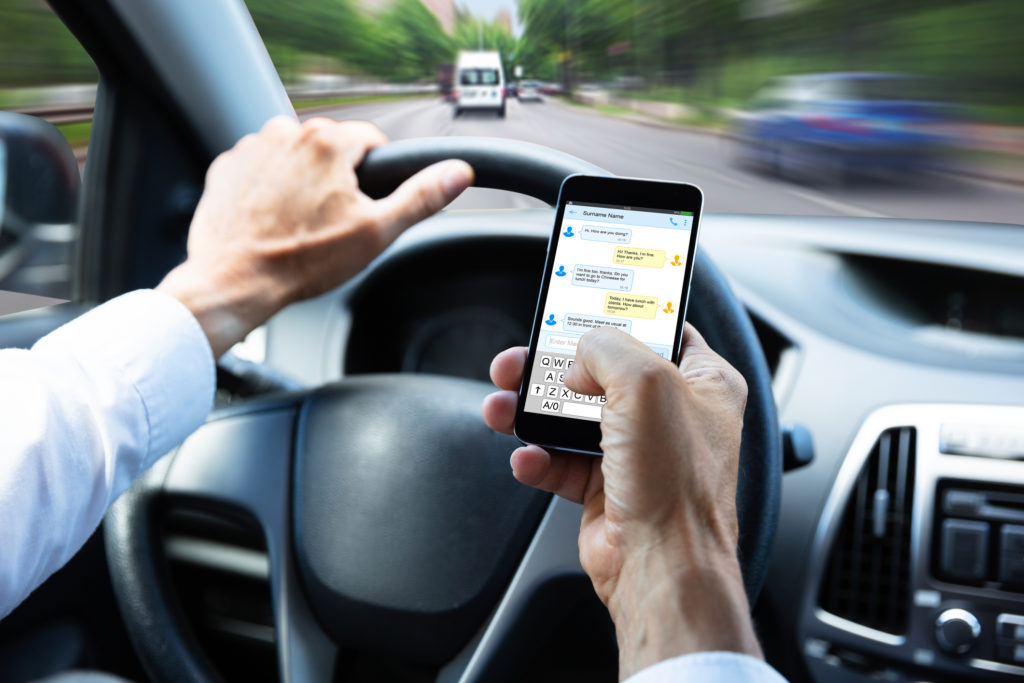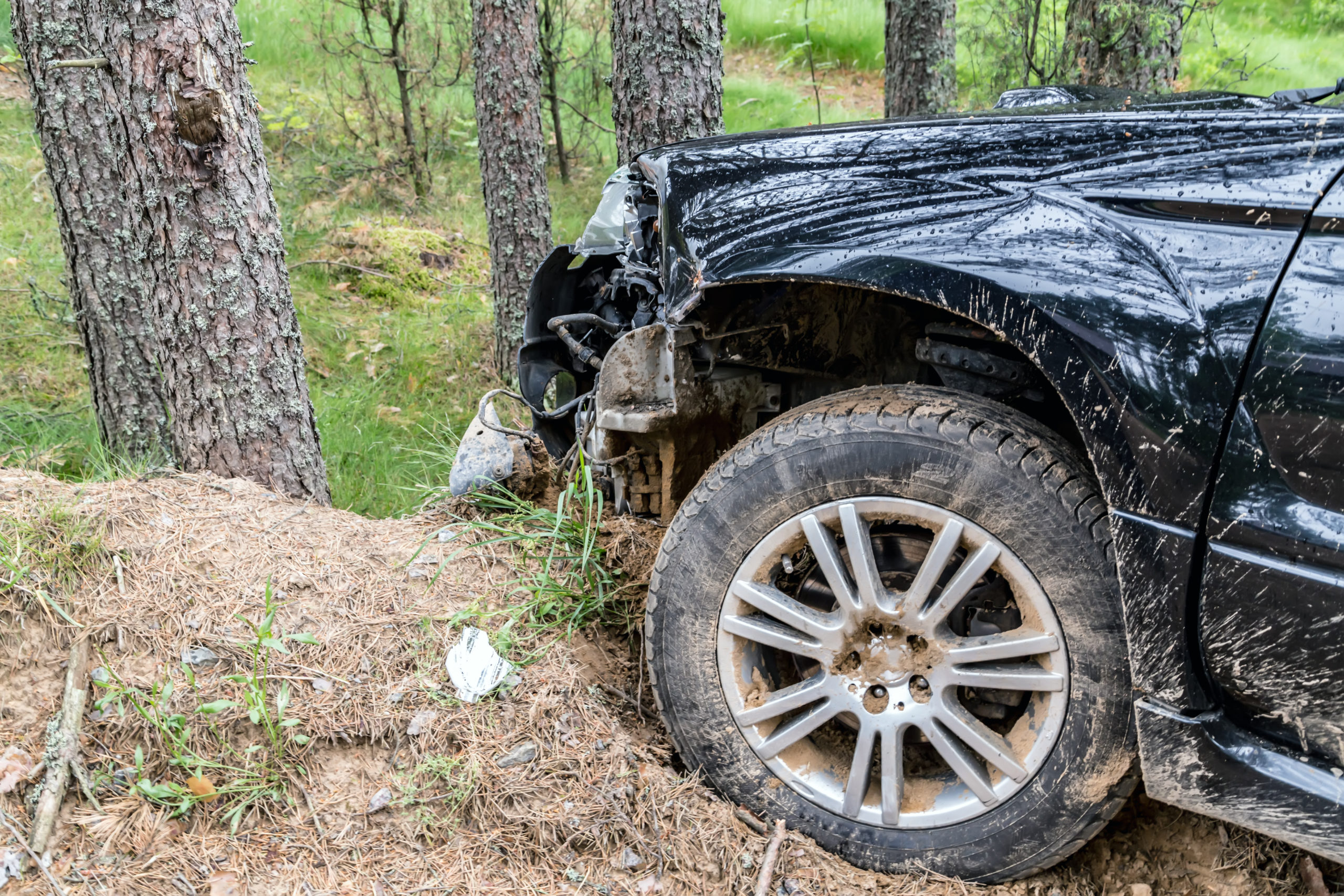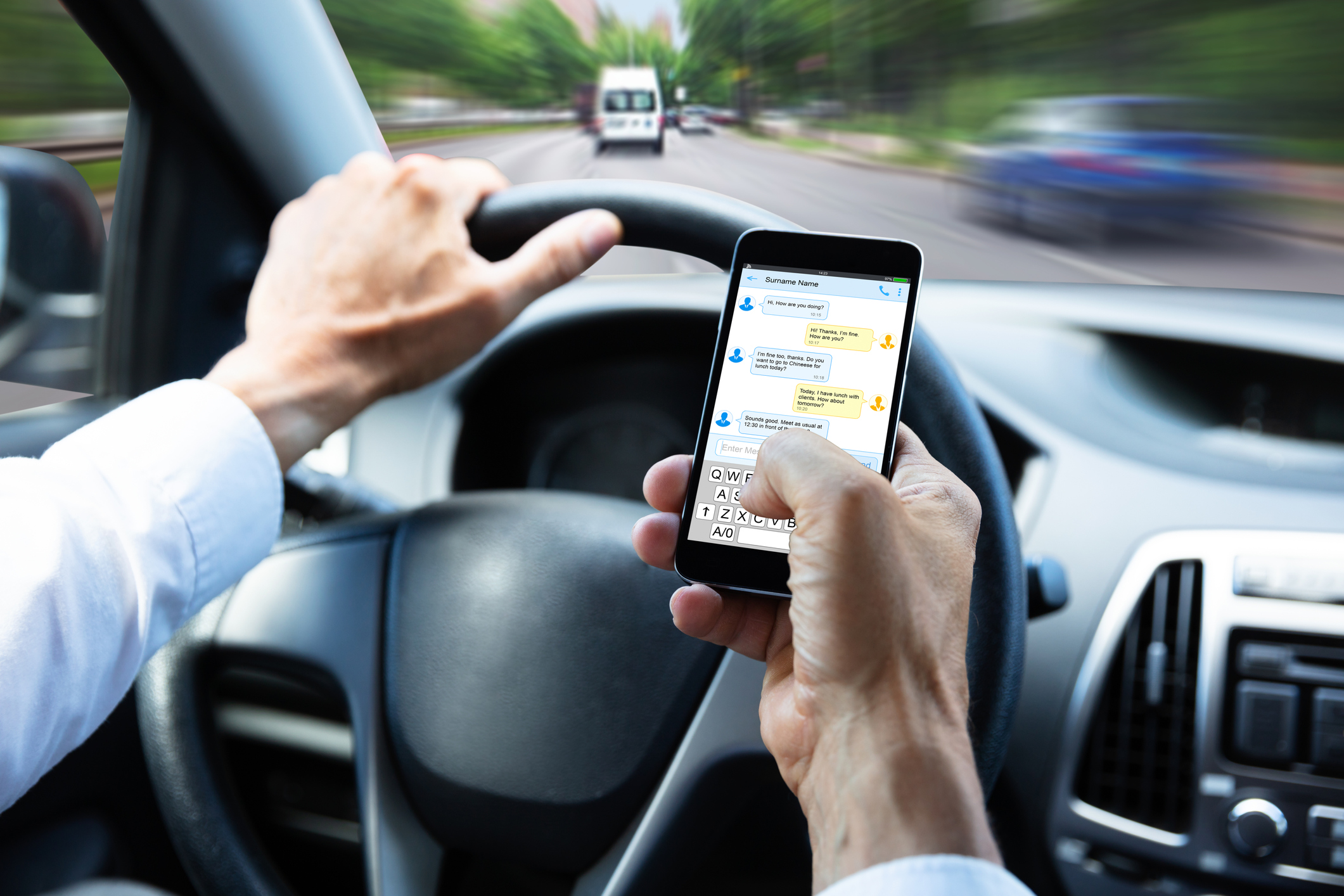
In the state of New York, the inattention of drivers leads to tens of thousands of accidents every year. Based upon crash data provided by the New York State Traffic Safety Repository (TSSR), over 90,000 accidents in 2019 were caused by both general inattention and specific acts of distracted negligence on the part of drivers. Eating, drinking, phone usage, adjusting navigation tools, and other behaviors that take away a driver’s attention from the road can put them and others in danger of an accident born of distraction.
Such accidents can have dire consequences for those involved in them. At least 30,000 of these accidents resulted in personal injuries for drivers, passengers, and pedestrians involved in them, and hundreds more resulted in fatalities. Both results can place a heavy financial burden on the victims and their families, as medical expenses, lost wages, funeral arrangements, and the costs of psychological trauma are suddenly placed on them.
In such cases, car and health insurance may not cover all of the expenses that a family might suffer. However, victims may be able to sue liable parties for their injuries, helping to ensure that they will receive full compensation from those who were negligent.
What Is Distracted Driving?
Distracted driving is the practice of operating a motor vehicle while engaging in another activity that takes one’s attention away from driving a motor vehicle properly. That is obviously a relatively broad definition. However, there are many activities that are commonly considered to be forms of distracted driving when performed while driving:
- Eating and drinking
- Talking with passengers
- Attending to children in the backseat
- Reading billboards
- Adjusting a radio mid-drive
- Grooming oneself
- Operating the car’s interior lights
- Looking at passing scenery
- Using a cell phone or any other electronic device
Any of these behaviors will lead to a driver’s attention being diverted and will increase the risk of an accident occurring. As it is the responsibility of every driver to maintain a clear focus on the act of driving at all times while operating their vehicle, each of these acts can place liability for an accident on the distracted driver.
Cell Phones While Driving
The most visible form of distracted driving in the U.S. is cell phone usage, whether it’s to make calls or to text.
Despite years of education on the dangers of using a cell phone while driving, tens of thousands of tickets for using a cell phone to call or text while operating a motor vehicle are still issued every year in New York, as this table shows.
| Offense | 2015 | 2016 | 2017 | 2018 | 2019 |
| Calling or Using Phone | 132,125 | 113,370 | 104,786 | 86,343 | 71,059 |
| Texting While Driving | 84,803 | 92,363 | 112,259 | 111,250 | 109,026 |
The data does indicate that the number of tickets for calling while driving has gone down. However, between the two offenses, texting is the more dangerous and has increased to about 110,000 tickets being issued yearly on average.
A call may initially draw a driver’s attention away from the road when they answer, and the conversation may be a mental distraction. But texting is an even greater interruption of one’s focus. Each text alert can break a driver’s concentration, and the driver’s eyes and hands leave the road and steering wheel, respectively, in order to respond to each text message. While a driver using a handheld phone or a wireless headset (which is also illegal) may be able to keep one or even both hands on the wheel of their car, texting often requires that a driver either awkwardly hold the phone and wheel together at once or keep one hand off the wheel entirely. Additionally, the driver’s eyes remain fixed on the phone screen rather than the road, hindering the ability to respond to sudden changes on the road.
If you happen to be in an accident in which you suspect a driver was distracted by using a phone, it should not be too difficult to prove.
A driver will often be ticketed and it will be noted in a police report. Even if they did not receive a ticket, an experienced personal injury lawyer will be able to request the data records from the service provider to check if the driver was texting or calling at the time of the accident.

Case Study: $21 Million
What makes this case unique: Defense witness testified in favor of plaintiff; judge was a former Attorney General who had lost a substantial case to Mr. Rosenblum years earlier; Appellate Court actually increased the award amount.
Should I Sue a Distracted Driver Who Caused an Accident?
When a victim is injured in a distracted driving accident, they may have the right to sue the distracted driver who caused the accident. However, they need to consider if they meet what is called the serious injury threshold under New York law before being able to sue and if their needs will be best served by a lawsuit.
Generally, if a victim’s injuries are minor, expenses will be easily covered by the benefits of their auto insurance and health insurance policies. The expenses they would suffer in this sort of an accident would be limited primarily to medical expenses and lost wages, which can typically be covered by their auto policy’s PIP benefits and health insurance’s medical expense benefits. However, if a victim suffers what is known as a non-economic loss such as pain and suffering, their PIP benefits will be unable to cover such costs and their health insurance may exclude such losses from its coverage.
In more serious accidents, economic losses such as medical expenses may end up exceeding the coverage provided by their policies. Policies will always have limits for each accident and a victim’s insurer is not obligated to pay for costs that exceed those limits. In order to receive further compensation for excess economic losses, or any compensation for non-economic losses, a victim must meet the serious threshold.
The serious injury threshold limits the right of injured parties to sue after an auto accident in exchange for receiving PIP benefits. This helps to prevent frivolous lawsuits from entering the New York court system, and supports victims who required immediate compensation in the aftermath of an accident. In order to satisfy the threshold, a victim will need to either suffer economic losses in excess of $50,000 (the minimum PIP amount) or have what is considered to be a serious injury under New York law such as death, loss of a limb, or permanent disfigurement.
After satisfying one of these requirements, a victim needs to consider if a lawsuit is necessary. Accident lawsuits are often settled out of court rather than going to trial, as many liable parties will recognize their fault. However, if a party refuses to settle, then the victim and their legal counsel will need to prepare for a legal process that may take months or years to conclude. The victim must be certain that this is the best route for them to receive compensation. One may receive no compensation if the case is not strong enough to satisfy a jury, or the cost of going to trial may be more than the case is worth.
Before pursuing a lawsuit against a liable party, you should seek advice from an experienced legal representative. Most attorneys will be happy to provide a consultation period in which you can share your case’s details with them and ask for their opinion on if you are able to sue. Oftentimes, such meetings help to assure that you are prepared to pursue a lawsuit and begin a good working relationship with an attorney who may choose to represent you. It will also provide your legal representative, if you choose to hire them, a good foundation upon which to build your case, as they will understand your needs and concerns in pursuing legal action.
How Do I Prove That a Driver Was Distracted?
Generally speaking, distracted driving cases will rely upon eyewitnesses, police reports, and possibly street or store security cameras to confirm that a driver was engaging in distracting behavior. Eyewitnesses, whether they are passengers, other drivers, or pedestrians, are sometimes able to see that a driver is engaged in a distracting behavior, such as eating or fixing their hair in the rearview mirror. Oftentimes, liable parties will mention that they were doing something that could be considered a distraction when speaking to the police at the scene, and these types of statements will be noted in a police report. Police may also observe the distracting behavior or evidence of it.
Street and store security cameras also serve as silent, objective observers of distracted driving. Whether in video or photo form, the evidence provided will oftentimes help to convince a jury that a driver acted in an irresponsible manner. It’s important that the distracting behavior within the video or photo occur immediately before an accident, or it may not be strong enough evidence for a case.
Finally, phone calls and text messaging while driving are probably the easiest forms of distracted driving to prove if your attorney knows who to contact. In most cases, service providers will be willing to turn over logs of their users’ phone calls and text messages in these cases with the understanding that it serves a key function of evidence of negligence. If these phone records can be linked to the time in which the accident occurred, then the negligent driver will usually be held accountable.
Frequently Asked Questions
Typically, you will receive compensation from your insurers who provide your auto and health policies. If you choose to also pursue a distracted driver for damages and a jury agrees that the driver is liable for your injuries, then you will typically receive compensation from the driver’s auto insurer as well. However, if the driver does not have auto insurance or is underinsured, then you may receive further compensation from your insurer in the form of uninsured/underinsured insurance coverage, which all New York auto policies are required to include.
This could change in the future, but currently the answer is no. Vega v. Crane included as a defendant the girlfriend of the man who caused the accident by texting her while driving, and she asked for a motion that the court dismiss the plaintiff’s claim against her. While recognizing past legal steps that may one day pave the way for a victim to sue those who text drivers, the court did not feel comfortable allowing the suit against the girlfriend and dismissed the claim.
Yes, if you can prove that the behavior they were ticketed for is the same as in your case. Primarily, this is done when you believe that you may receive punitive damages from the liable party. Punitive damages are awarded not based upon the requests and needs of a victim, but in order to punish a driver who has repeatedly engaged in bad behavior that has now led to an accident. If you can prove that the distracted driver is regularly negligent in the behavior that caused your accident, then the court will be likely to believe in the liability of the defendant and support the need to award punitive damages.
Who Should I Contact if I’ve Been Injured by a Distracted Driver?
If you or a loved one has been injured by a distracted driver, contact Rosenblum Law for a free consultation today. Our experienced personal injury lawyers can guide you through the process and get you the best settlement or verdict possible. Call 888-815-3649 or email us today.


